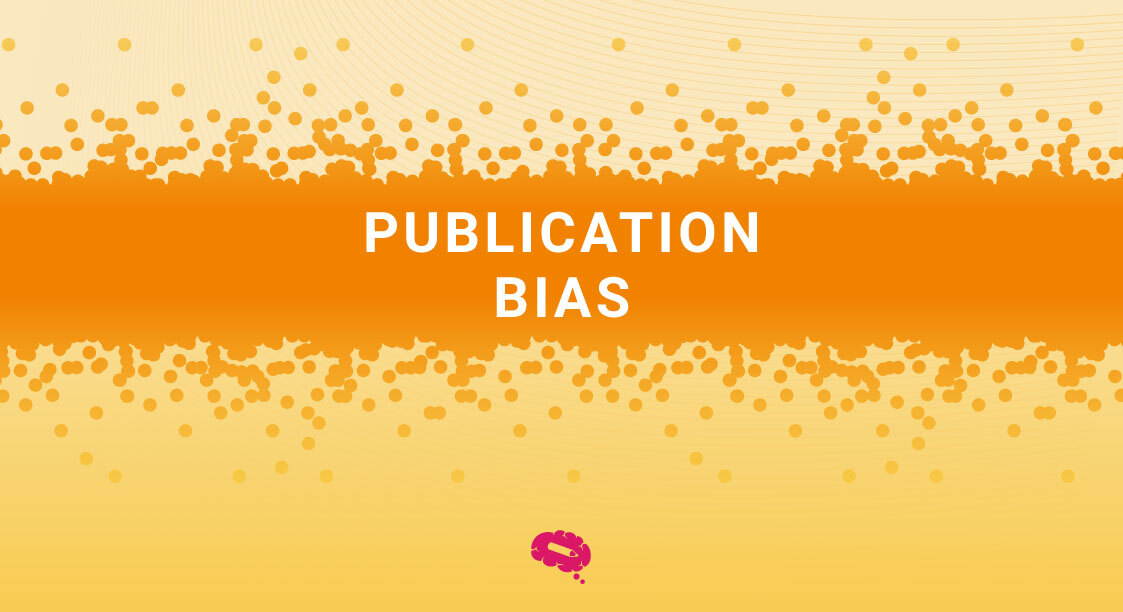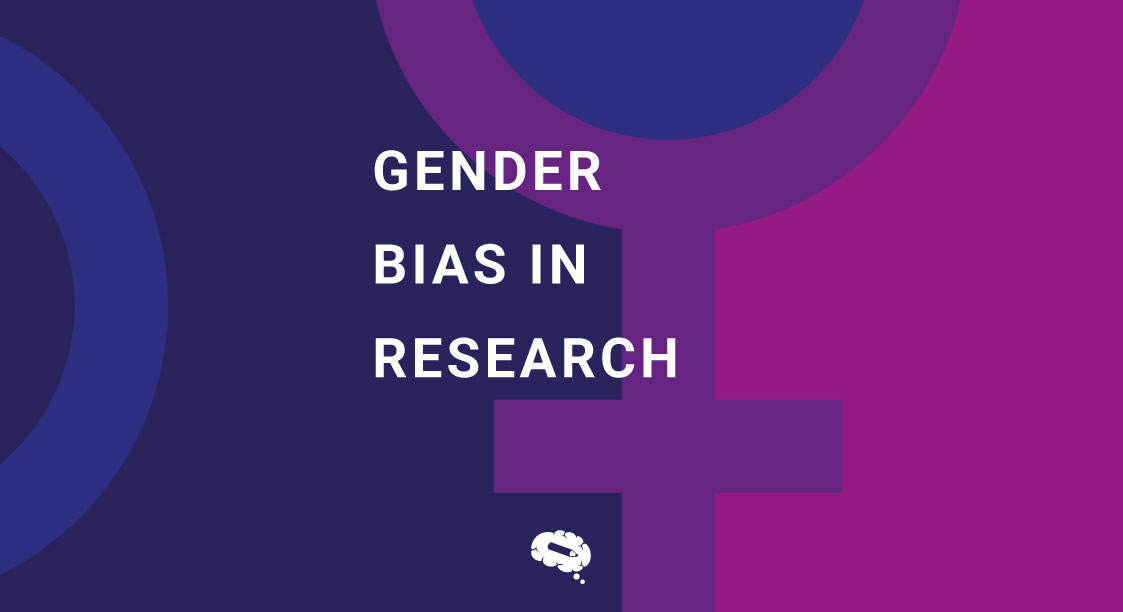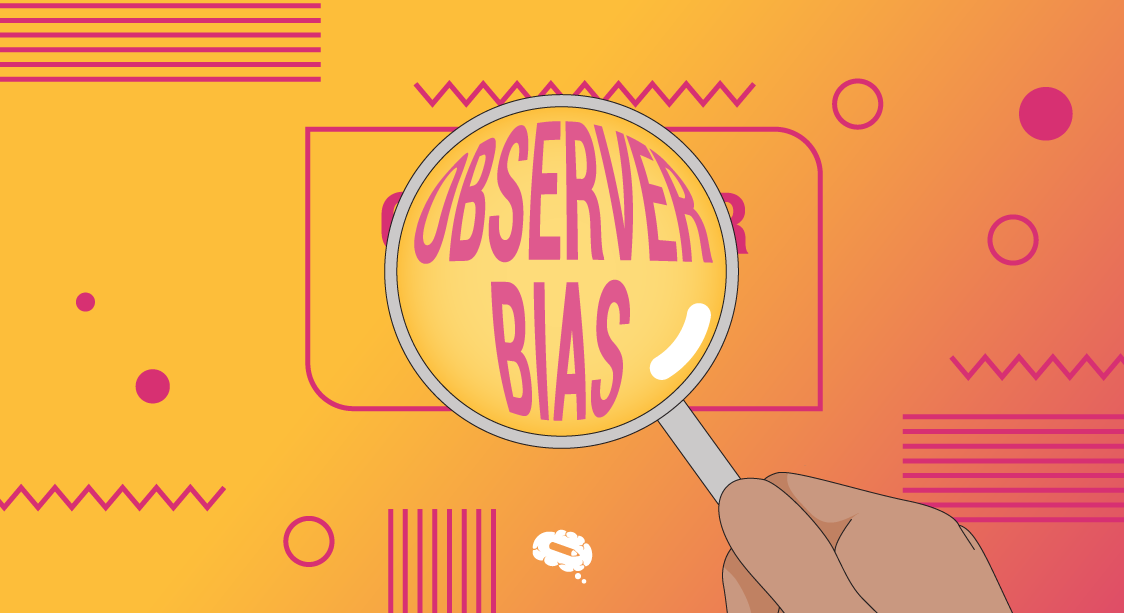While reading any article about a clinical study, have you ever wondered, “how much of this is actually true?”. Now you may call it paranoia but remember, in this fast-paced world, there are many things that have a virtual truth and are mostly hidden from us to gain attention. Similar is the case in research as well.
In this article, we’ll be understanding a new term, publication bias which is quite popular among researchers. We’ll also see the root cause of those biases and whether it’s right or wrong.
What is publication bias?
If we give you two articles about a study where one is deeply researched and has all the updates with clear findings, but it turns out to be negative, whereas another article has a biased opinion and it tends to hide some of the facts to give out a positive result, which one do you think will sell more? Or which article will people read the most? The positive one, obviously, right? Here’s where publication bias originates.
Let’s get more technical to understand this better. Whenever a study is made, there will be two hypotheses – null and alternate.
Null Hypothesis
A null hypothesis is when the study yields no result or gets no strong support or evidence to justify its statement.
Alternate Hypothesis
An alternate hypothesis is the vice versa of a null hypothesis. Whenever a study is fruitful and has evidence to justify its statement, it becomes an alternate hypothesis.
The academic community prefers more positive studies than negative ones as the former gets to be published easily. Because of this, many studies that give out a negative outcome tend to be hidden from the world. In this current scenario, a study’s findings have a significant role in whether it’ll get published or not rather than the quality or the amount of research done.
Causes of Publication Bias
- One reason for publication bias is that when the result turns out to be negative, the researcher feels that he failed to do the study properly, or people may find negative studies quite boring. So for this, they may suppress the actual results.
- Another main reason is fame and glory. Top research journals publish your work only if it is exciting and positive. So, a researcher who wants to climb up the ladder quickly will decide on the study result by himself in a way that could help his study to get published, as this greatly decides his future in the research field.
- In medical research, a private company will fund researchers to get the desired result. If the result is negative, the company may stop its funding. So to avoid this, researchers often suppress findings that prove negative.
- The financial status of a researcher mainly depends upon the citation that their published study generates. And positive findings get more citations than negative ones, so researchers often tend to publish positive studies to gain respect and reputation.
Is Publication Bias a Serious Issue?
If we see the causes of publication bias, they are justifiable from the researcher’s point of view, and people may empathize with them, but does it cause any serious trouble?
Yes, this proves to be fatal, especially in the case of medical research, as it concerns human lives, and they have to publish everything they find, whether positive or negative, as people have the right to know what’s good and what’s not.
Now, if the researchers find a drug to be lethal and if they publish an article stating that it is good to get funding from the respective company, think of the people that are going to suffer because of this.
Therefore, even though the researchers may have thousands of reasons, it is harmful to do publication bias, and that must be avoided at all costs.
How To Avoid Publication Bias
Firstly, it is the researcher’s conscience to prevent it and stay true to their source. Instead of publishing studies that only have positive outcomes, they should have the ethical moral to publish whatever they find, whether positive or negative.
- To make the researcher submit everything they find, one way is to collect registered reports beforehand, which means that the researcher should submit a layout of what he is going to research and the planned research methods to the journal. With this, the researcher has no choice but to do everything in order and submit everything they find to the journal, as the clear steps are mentioned beforehand.
- Another way is to contact journals that publish negative findings so that the researcher gets an all-round perspective and we identify the truth behind the research.
Improve your papers’ impact and visibility through quality visual communication
Did you know that you can improve your papers’ impact and visibility through quality visual communication? Yes, with Mind the Graph infographic tool it is possible and gives more reach to your research papers and helps improve the presentation of your paper. Sign up now to make the best use of this tool.

Subscribe to our newsletter
Exclusive high quality content about effective visual
communication in science.





